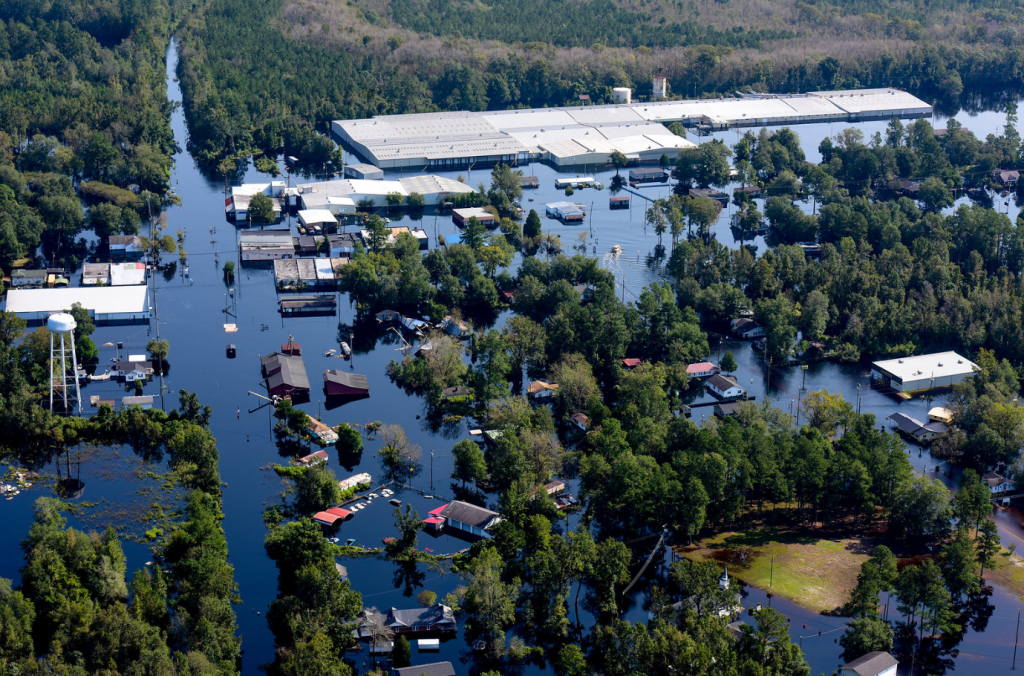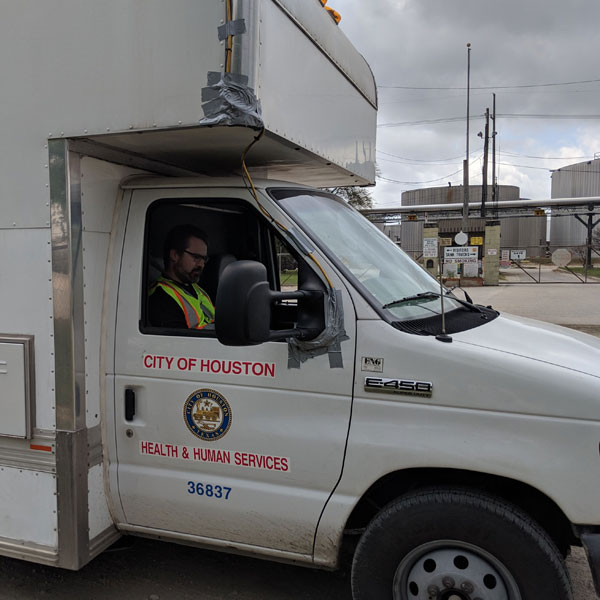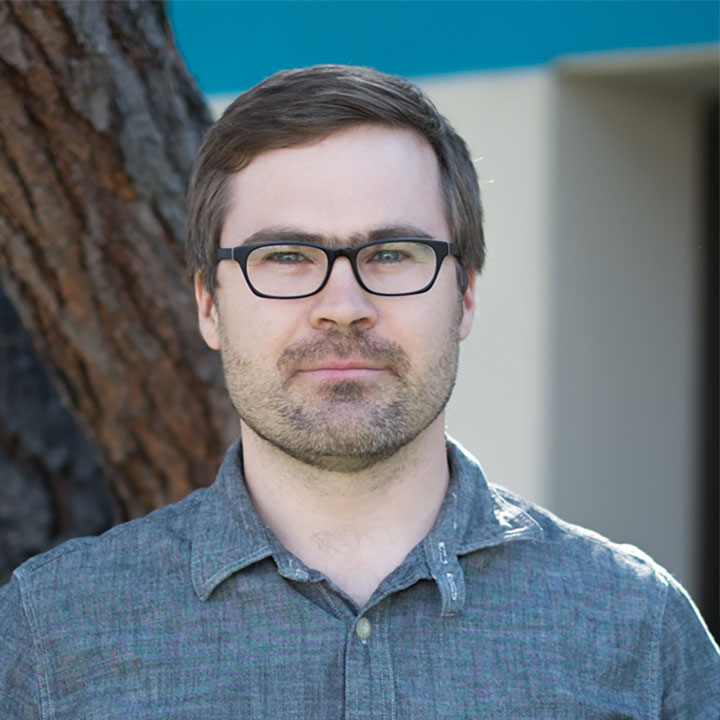
Editorial: Why Cities Need Mobile Environmental Sensing Tech to Stay Healthy and Prosperous
News
26th Aug 2019
The air we breathe, the water we drink, and the soil under our feet — all share the legacy of chemical pollution. Many of the chemicals that have been and continue to be released can significantly impact human health and well-being. Unless we know exactly which chemicals have been released, exactly where there are, and exactly how they got there, it is enormously expensive to try to fix the problem. This is like trying to wash every dish you own every night because you can’t tell which dishes you used for dinner.
The traditional approach to understanding chemical pollution is top down: Companies count valves, junctions, tanks, stacks, pools, and hoods to estimate how much pollution they release. But where does it end up? With the advent of new sensing technology, it is now possible to perform true “bottom-up” pollution analysis based on real data collected in the places where it has an impact.
Traditional pollution detection is slow and imprecise
For decades, the only way to monitor most types of pollution was to collect a sample, ship it to a laboratory, and then wait days or weeks for the results. Worse yet, many of the harmful chemicals that are now top priorities for cleanup and monitoring were undetectable 20 years ago, which means scientists have barely had time to map the landscape for these pollutants.
What if technology could help us quickly pinpoint the polluters?
Without knowing what’s in the environment already or being able to quickly spot changes, our policy-makers are unable to make informed decisions, such as whether to keep home schoolchildren downwind from a wildfire or to temporarily close businesses near a factory explosion. Cities need high-quality, high-density data to identify which communities have the highest concentrations of chemicals and to educate them on how to be safe while pollution problems are addressed.
In addition to improving public health, identifying pollutants offers large financial benefits for a city. There are currently more than 1,300 superfund sites in the United States, for example, and an estimated 70 percent of cleanup costs have been paid for by the responsible parties. What if technology could help us quickly pinpoint the polluters?
New technologies are driving new insights
The past few years have seen an explosion in chemical and pollution sensors, driven by advances in laser physics, electro-optics, nano-scale fabrication, and computing and electronics. When combined with improved wireless communications, these technologies have created the conditions to change the way we collect and analyze pollution data — moving environmental sensing out of the lab and into the field.
Although many new chemical sensors can record data continuously, they still require high user touch to yield actionable data. Either sensors drift in response to external stimuli (like changes in humidity, temperature, or the alcohols produced by yeast at a local bakery) or require carefully prepared reagents. But a new-generation tools like the AROMA (an analyzer developer by my company) are delivering data that is sensitive and accurate over long timescales.
Some cities are already using new sensors
By deploying the AROMA technology, we have helped cities deal with large-scale chemical fires, hurricane damage, wildfires, and power interruptions that “crashed” petroleum refineries. In these cases, real-time analytics has been critical for making informed decisions about evacuations, shelter in-place orders, and allocating resources to respond when multiple facilities or locations have been impacted in a major event.
Our technologies have already been helping places such as Houston, TX, Redding, CA, and Lumberton, NC, respond to natural disasters. In addition, we have seen that cities like Houston have built out a multi-site monitoring network and are working to implement real-time tools like the AROMA analyzer to respond to emergency events like the ITC fire.
But this is only the first and simplest set of applications for high-quality chemical monitoring. We can now begin to answer questions ranging from sources of unpleasant odors, locations of clandestine drug laboratories, manufacturing outputs of chemical and food producers, the health of agricultural spaces, and identification of chemical leaks and spills before they lead to fires and explosions like the ones that we have seen recently in Houston.
We believe that environmental monitoring will become as integral to a city’s infrastructure as traffic lights and sensors.
Real-time environmental monitoring as part of city infrastructure

AROMA and similar technologies produce incredible data, but the datasets are not the ultimate goal of our work. We care about the kids who are kept home from school downwind of a fire, families who know not to drink contaminated water, or businesses that can stay open because a chemical release is not a severe as initially thought.
We believe that environmental monitoring will become as integral to a city’s infrastructure as traffic lights and sensors. When it is as easy to issue a citation for pollution as for speeding, we will see fundamental changes that will improve health for all. When we know exactly how and when facilities create pollution, society can design regulations that mitigate the harm with minimal impact on the businesses that are the lifeblood of modern cities.
